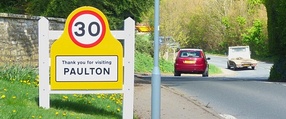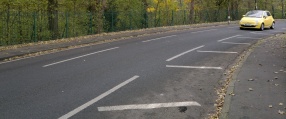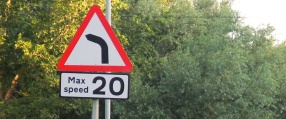Chevrons
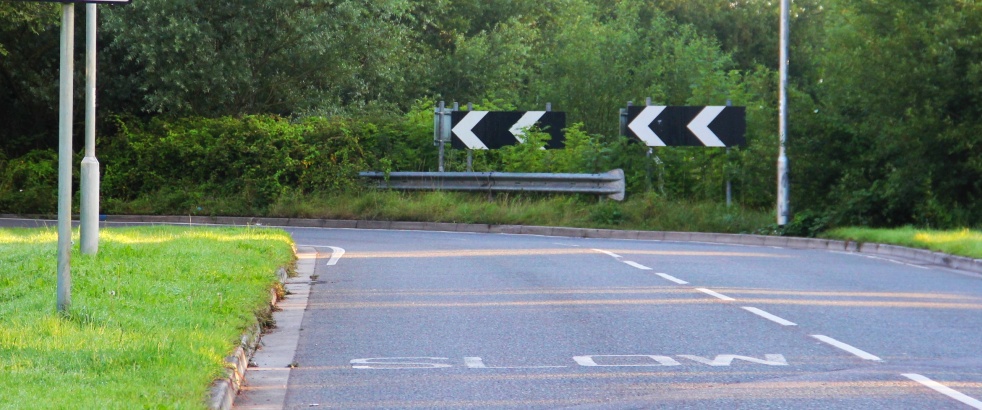
Chevrons bring attention to bends in the road ahead. They are a rectangular shaped sign with white arrows on a black background.
Chevrons are placed at the very start of the bend, and can be relatively large in size so they can be seen by the road user far in advance of the bend. Multiple Chevrons can be used around the bend, which is particularly useful if the bend tightens, or is particularly sharp.
Chevrons can also be used on a roundabout, visible to approaching vehicles.
Disadvantages
- Chevron signs can lose their effectiveness if they are overused on less severe bends
- Only advise the road user of a sharp bend - they could ignore the sign and continue at an unsafe speed
Restrictions
- Normally only used where speed related accidents have occurred on bends, or where vehicles regularly leave the road due to the severity of the bend
- Not generally used in areas where the speed limit is 30 mph or less
There's also some general restrictions to note for all schemes
Advantages
- Chevron signs are particularly useful at the end of a long straight section of road, where a driver may not expect a bend
- Can work especially well during hours of darkness on un-illuminated roads, where bends are unclear to road users
- A relatively low cost treatment
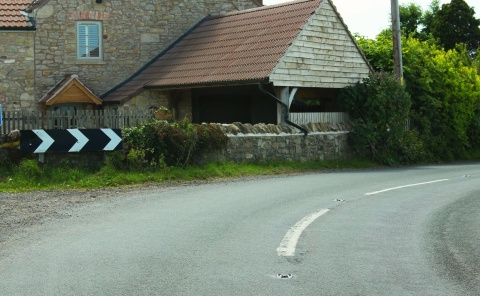
Effectiveness
Chevron signs are effective at reducing speeds in advance of an upcoming bend, typically by around 3 mph (where the road had a 60 mph speed limit).
Any reduction in speed will help to avoid accidents, as vehicles will be more likely to steer round the bend, rather than entering too fast and leaving the road.
Advanced information
Speed reductions at Chevron signs is taken from a good quality simulator research study into speed reducing treatments by Jamson et al (2010). The research specifically compared UK treatments on UK style roads. The research findings are considered to be very conservative, as the study only recruited young (19 to 25 years old) male drivers - younger drivers, and specifically young male drivers are most likely to be speeding, therefore research which is found to be effective on this group is thought to be at least equally effective on other vehicle users. It could be considered likely that speed reduction may be greater across an average cross section of drivers (outside this young male group).
References
Jamson, S., Lai, F., Jamson, H. (2010) Driving simulators for robust comparisons: A case study evaluating road safety engineering treatments. Accident Analysis and Prevention 42 pp. 961 . 971.

